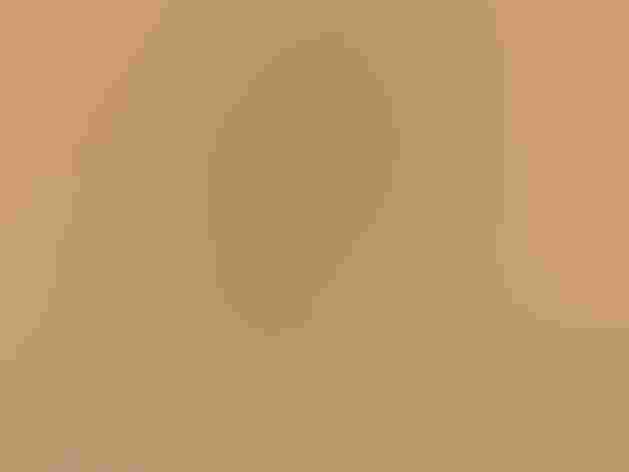Say’s Phoebe
At a Glance
This soft-voiced flycatcher of the west is like the other two phoebes in its tail-wagging habit; but unlike them, it often lives in very dry country, far from water. It is typical of prairies, badlands, and ranch country, often placing its nest under the eaves of a porch or barn. In open terrain where there are few high perches, Say's Phoebe may watch for insects in the grass by hovering low over the fields.
All bird guide text and rangemaps adapted from Lives of North American Birds by Kenn Kaufman© 1996, used by permission of Houghton Mifflin Harcourt Publishing Company. All rights reserved.
Category
Perching Birds, Tyrant Flycatchers
IUCN Status
Least Concern
Habitat
Arroyos and Canyons, Desert and Arid Habitats, Fields, Meadows, and Grasslands, Shrublands, Savannas, and Thickets, Tundra and Boreal Habitats, Urban and Suburban Habitats
Region
Alaska and The North, California, Mid Atlantic, New England, Northwest, Plains, Rocky Mountains, Southwest, Texas, Western Canada
Behavior
Direct Flight, Hovering
Population
5.900.000
Range & Identification
Migration & Range Maps
Migrates north relatively early in spring. Occasionally strays to Atlantic Coast (once even to Bermuda), mostly in fall.
Description
7-8" (18-20 cm). Soft dusty gray, with pale orange-buff belly, black tail. Wags tail like other phoebes. (Note: in regions with red soil, Eastern Phoebe can have belly stained orange like Say's, but it shows much more contrast on the face.)
Size
About the size of a Robin, About the size of a Sparrow
Color
Black, Brown, Gray, Orange, Tan
Wing Shape
Rounded
Tail Shape
Notched, Rounded, Square-tipped
Songs and Calls
A mellow, whistled pee-ur with a plaintive quality.
Call Pattern
Falling, Undulating
Call Type
Buzz, Chirp/Chip, Whistle
Habitat
Scrub, canyons, ranches. Found in open or semi-open terrain, often in dry country, avoiding forested areas. Often in farmland, savannah, or prairie in south, dry upland tundra in northern part of range. Unlike the other two phoebes, has no special attachment to vicinity of water.
Sign up for Audubon's newsletter to learn more about birds like the Say's Phoebe
Behavior
Eggs
4, sometimes 3-7. White; some (thought to be the last laid) may have small brown or reddish spots. Incubation is by female only, 12-14 days.
Young
Both parents bring food to nestlings. Young leave nest about 14-16 days after hatching. 1-2 broods per year, sometimes 3 in the south.
Feeding Behavior
Forages by perching on low shrub or rock and darting out to capture insects. May catch its food in mid-air, or take it from low foliage or from ground. Also often hovers low over fields until prey is spotted, then drops to ground to capture it. Indigestible parts of insects are coughed up as pellets.
Diet
Almost entirely insects. Often feeds heavily on wild bees, wasps, winged ants. Other insects in diet include beetles, moths, grasshoppers, crickets, and dragonflies. Also eats spiders and millipedes, and occasionally eats berries.
Nesting
Males are thought to arrive on breeding grounds before females. Male sings to defend nesting territory, usually from exposed perch, sometimes in flight-song display. Nest site varies: on rocky ledge or crevices in cliffs or caves, in wells or mine shafts, under bridges or eaves; occasionally in natural tree cavity or hole in bank. May take over old swallow nest. Nest (probably built by female, but details not well known) is a flat open cup made of grass, weeds, moss, spiderwebs, wool, and other materials. Unlike other phoebes, usually uses no mud in nest.
Conservation
Conservation Status
Adapts well to changes in landscape, often nesting in residential areas. Numbers apparently stable.
Climate Threats Facing the Say's Phoebe
Choose a temperature scenario below to see which threats will affect this species as warming increases. The same climate change-driven threats that put birds at risk will affect other wildlife and people, too.






